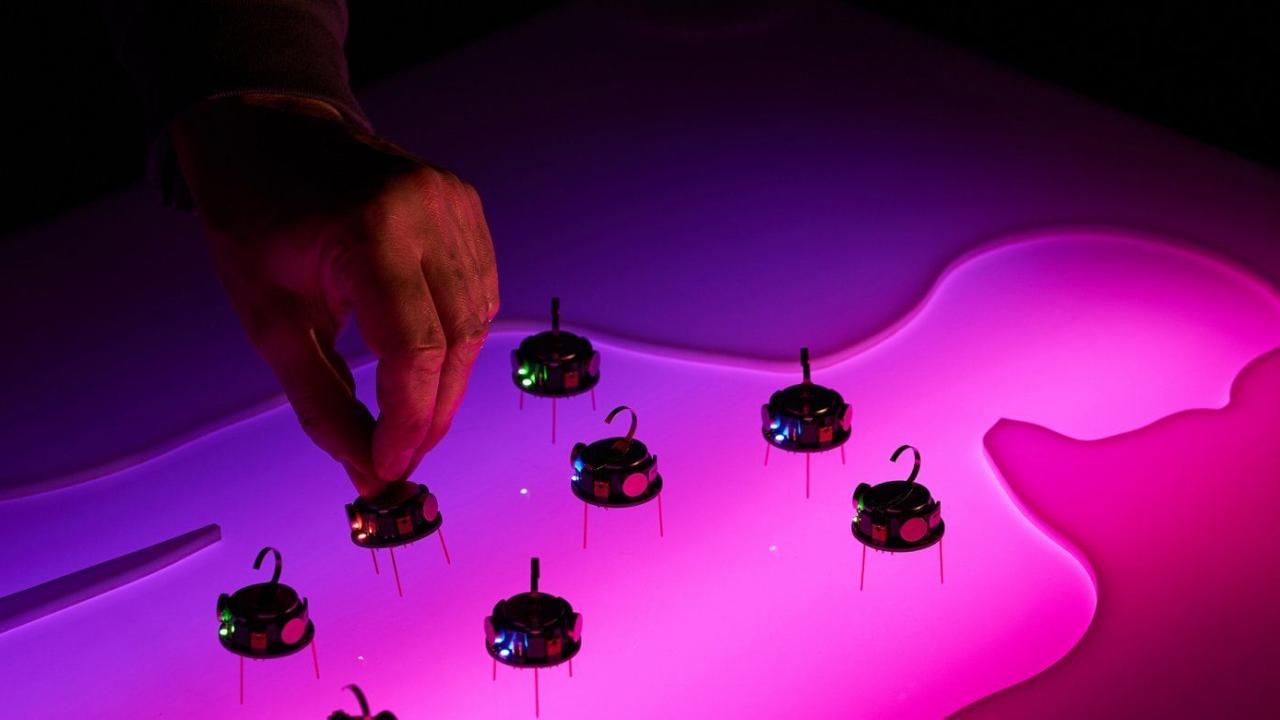
Our cells have abilities that go far beyond the fastest, smartest computer. They generate mechanical forces to propel themselves around the body and sense their local surroundings through a myriad of channels, constantly recalibrating their actions.
The idea of using cells as medicine emerged with bone marrow transplants, and then CAR-T therapy for blood cancers. Now, scientists are beginning to engineer much more complex living therapeutics by tapping into the innate capabilities of living cells to treat a growing list of diseases.
LIVING THERAPEUTICS
UCSF launched a Living Therapeutics Initiative to accelerate the development and delivery of revolutionary treatments.
That includes solid tumors like cancers of the brain, breast, lung, or prostate, and also inflammatory diseases like diabetes, Crohn’s, and multiple sclerosis. One day, this work may extend to regenerating tissues outside or even inside the body.
Taking a page from computer engineers, biologists are trying their hands at programming cells – by building DNA circuits to guide their protein-making machinery and behavior.
“We need cells with GPS that never make mistakes in where they need to go, and with sensors that give them real-time information before they deliver their payload,” said Hana El-Samad, PhD, a professor of biochemistry and biophysics. “Maybe they kill a little bit and then deliver a therapeutic payload that cleans up. And the next program over encourages the rejuvenation of healthy cells.”
These engineered cell therapies would be a huge leap from traditional therapies, like small molecules and biologics, which can only be controlled through dose, or combination, or by knowing the time it takes for the body to get rid of it.
“If you put in drugs, you can block things and push things one way or the other, but you can't read and monitor what’s going on,” said Wendell Lim, PhD, a professor of cellular and molecular pharmacology who directs the Cell Design Institute at UCSF. “A living cell can get into the disease ecosystem and sense what's going on, and then actually try to restore that ecosystem.”